Expansion of the Agricultural Sector
The Pine Tar Market is benefiting from the expansion of the agricultural sector, where pine tar is utilized as a natural pesticide and soil conditioner. The increasing focus on organic farming practices is driving the demand for natural alternatives to synthetic chemicals. Market data reveals that the organic farming sector is expected to grow at a rate of 10% per year, which could significantly influence the consumption of pine tar in agricultural applications. As farmers seek sustainable solutions to enhance crop yield and soil health, the role of pine tar as an eco-friendly option is likely to gain traction, thereby fostering growth in the Pine Tar Market.
Growing Awareness of Environmental Sustainability
The Pine Tar Market is increasingly influenced by the growing awareness of environmental sustainability among consumers and businesses alike. As the global community becomes more conscious of the ecological impact of products, there is a shift towards natural and biodegradable materials. Pine tar, being a renewable resource, aligns well with these sustainability goals. Market data suggests that the eco-friendly product market is expanding at a rate of 8% annually, indicating a favorable environment for the Pine Tar Market. This trend may encourage manufacturers to adopt more sustainable practices, further enhancing the appeal of pine tar in various applications.
Technological Advancements in Production Processes
The Pine Tar Market is poised for growth due to technological advancements in production processes. Innovations in extraction and refining techniques are enhancing the efficiency and quality of pine tar production. These advancements not only reduce production costs but also improve the overall sustainability of the manufacturing process. Market data indicates that companies investing in modern technologies are likely to see a 15% increase in output efficiency. As production becomes more streamlined, the Pine Tar Market may experience a surge in supply, meeting the rising demand across various sectors, including construction, agriculture, and personal care.
Increasing Use in Construction and Building Materials
The Pine Tar Market is experiencing a notable increase in demand due to its application in construction and building materials. Pine tar is recognized for its preservative properties, making it an attractive option for treating wood and enhancing durability. The market data indicates that the construction sector is projected to grow at a compound annual growth rate of approximately 5.5% over the next five years. This growth is likely to drive the demand for pine tar as builders seek sustainable and effective solutions for wood treatment. Furthermore, the trend towards using natural materials in construction aligns with the increasing consumer preference for eco-friendly products, thereby bolstering the Pine Tar Market.
Rising Interest in Natural Remedies and Health Products
The Pine Tar Market is witnessing a surge in interest due to the growing consumer inclination towards natural remedies and health products. Pine tar has been traditionally used in various medicinal applications, including skin treatments and as a natural antiseptic. Recent market data suggests that the herbal and natural product sector is expanding, with an estimated growth rate of 7% annually. This trend indicates a potential for pine tar to penetrate new markets, particularly in the health and wellness sector. As consumers become more health-conscious, the demand for natural ingredients in personal care products is likely to enhance the visibility and sales of pine tar, thereby positively impacting the Pine Tar Market.


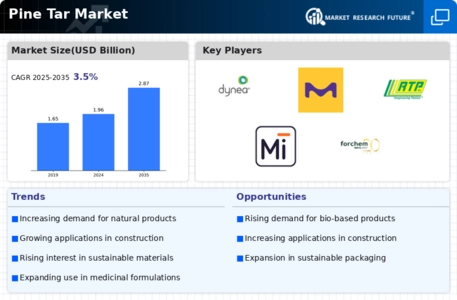
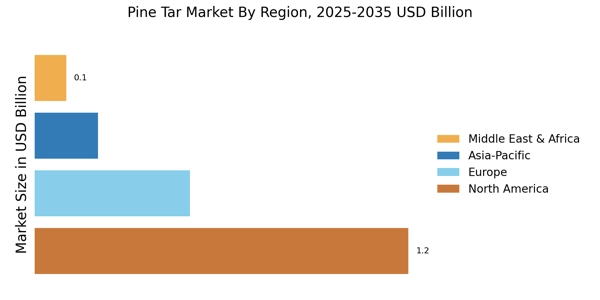
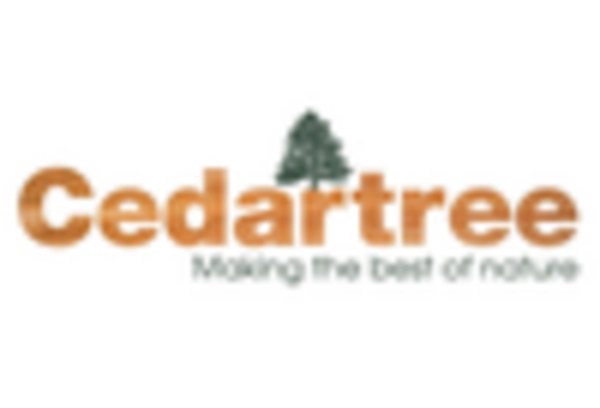
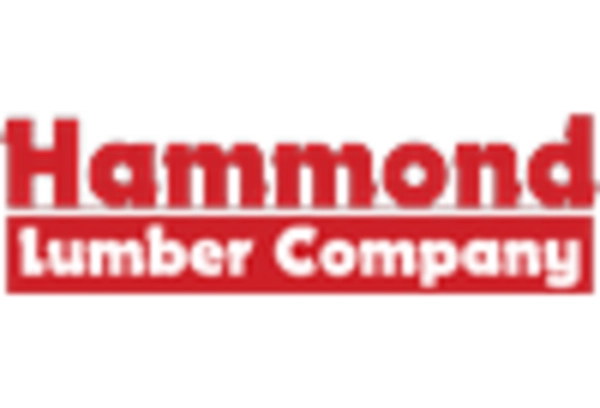
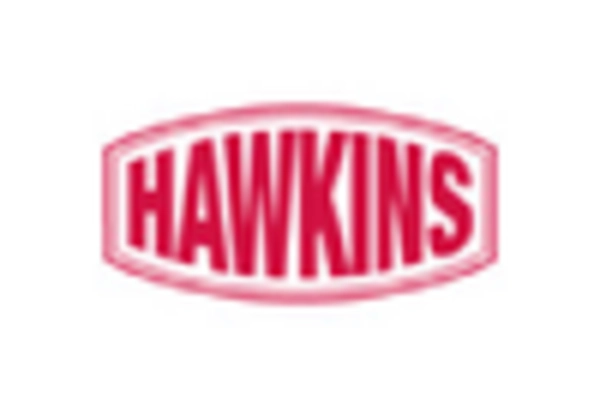

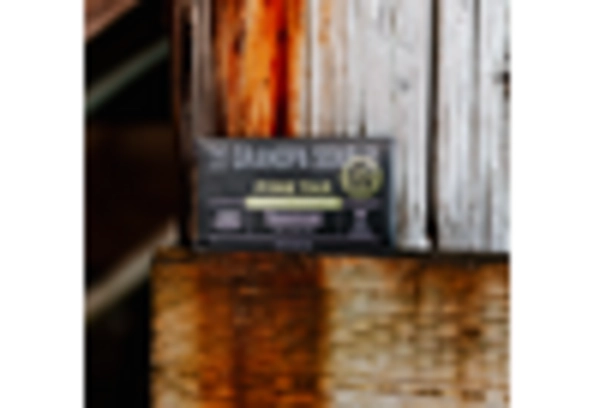
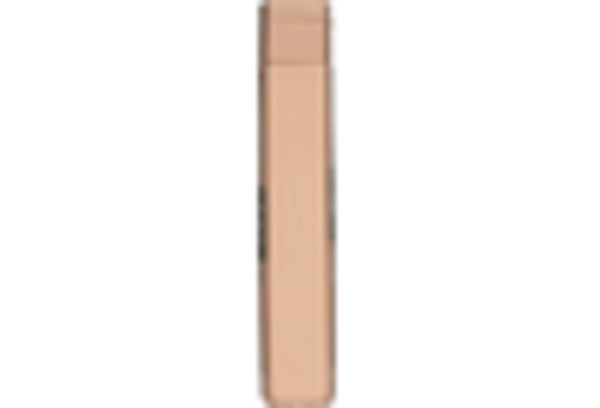








Leave a Comment